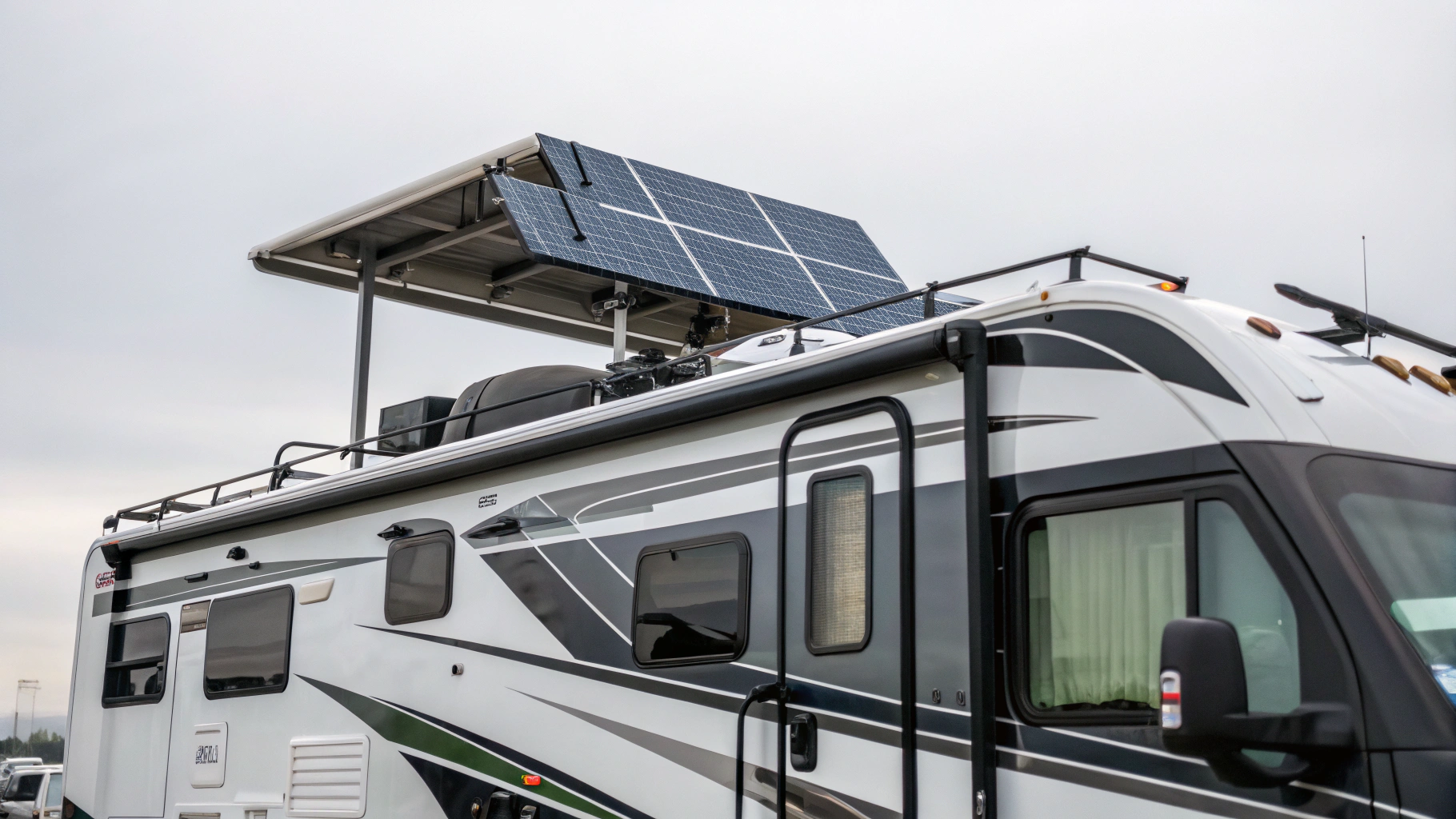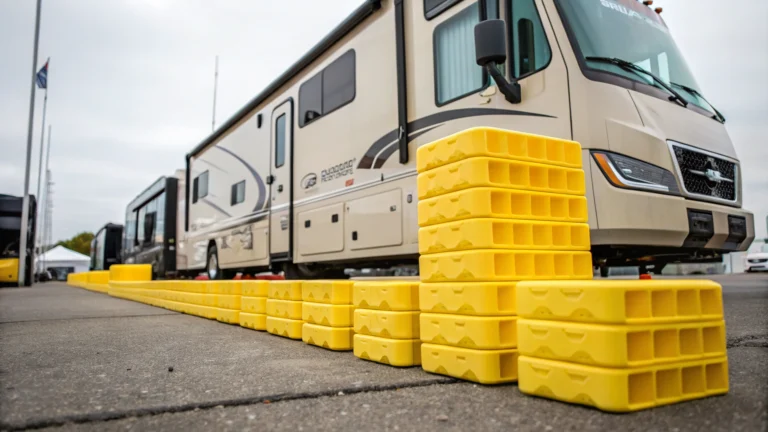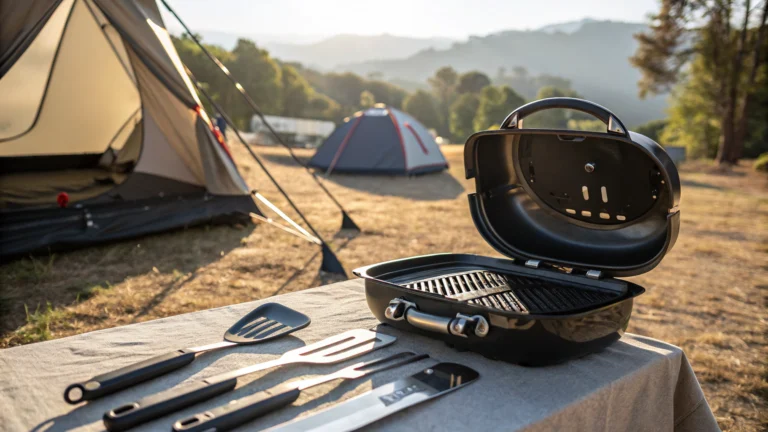Best RV Battery Setup for Worry-Free Off-Grid Adventures
Table of Contents
Exploring off-grid adventures with your RV is an exhilarating experience, but it demands the most reliable power sources. To ensure you have a seamless experience, choosing the best RV battery setup is crucial. Whether you’re planning for a quick getaway or an extended boondocking expedition, having the right battery configuration makes all the difference.
When considering the best RV battery setup, it’s essential to weigh the pros and cons of lithium and AGM batteries. Each type can significantly impact your off-grid capabilities, so understanding their differences will guide your decision.
Best RV Battery Setup for Boondocking
Boondocking, or dry camping, requires a thoughtful approach to power management. Without hookups, your battery system becomes your lifeline for everything from lighting to refrigeration. The best RV battery setup for boondocking typically combines several key components.
Lithium RV batteries have revolutionized off-grid camping. Unlike traditional lead-acid batteries, lithium batteries offer several advantages that make them ideal for boondocking:
- Longer lifespan (often 3-5 times longer than lead-acid)
- Lighter weight (up to 50% lighter)
- Deeper discharge capability (up to 80-100% versus 50% for lead-acid)
- Faster charging times
- Minimal maintenance requirements
When paired with RV solar panels, lithium batteries create a sustainable power solution that can keep you off-grid for extended periods. A typical setup might include 200-400 watts of solar panels connected to a charge controller that regulates the power flow to your batteries.
For optimal efficiency, include a high-quality battery monitor that provides real-time information about your battery’s status. This allows you to manage your power consumption more effectively and avoid unexpected power losses.
How Many Batteries You Need for Boondocking
Determining the right number of batteries for your off-grid power solutions requires a careful assessment of your energy needs. Start by calculating your daily power consumption in amp-hours (Ah).
To calculate your power needs:
- List all electrical devices you’ll use
- Note their power consumption (in watts)
- Estimate how many hours per day you’ll use each device
- Convert to amp-hours by multiplying watts by hours and dividing by voltage (typically 12V)
For example, if you use a 60-watt laptop for 3 hours daily on a 12V system, that’s (60 × 3) ÷ 12 = 15 Ah. Do this for all devices and sum the results for your total daily consumption.
Most RVers find their daily consumption falls between 75-200 Ah, depending on their usage patterns and appliances. For comfortable boondocking, your battery bank should provide at least 2-3 days of power without recharging.
If using lithium batteries with an 80% usable capacity, a 100Ah battery provides about 80Ah of usable power. For a daily consumption of 100Ah, you would need approximately 375Ah of total battery capacity to last 3 days (100Ah × 3 days ÷ 0.8 = 375Ah).
This would translate to about 3-4 lithium batteries rated at 100Ah each. If using AGM deep cycle batteries with only 50% usable capacity, you would need nearly twice as many batteries to achieve the same usable power.
Lithium vs AGM Batteries for RVs
When selecting deep cycle batteries for the best RV inverter setup, the choice often comes down to lithium batteries versus Absorbent Glass Mat (AGM) batteries. Each has distinct advantages and considerations.
Lithium RV Batteries:
- Pros: Longer lifespan (2,000-5,000 cycles), lighter weight, deeper discharge capability, faster charging, no maintenance, no sulfation issues
- Cons: Higher upfront cost, may require battery management system, sensitivity to extreme cold
AGM Deep Cycle Batteries:
- Pros: Lower initial investment, widely available, familiar technology, performs better in cold weather
- Cons: Shorter lifespan (300-500 cycles), heavier, only 50% usable capacity, slower charging, shorter boondocking capability
For serious boondockers who frequently camp off-grid, lithium batteries usually provide better long-term value despite the higher upfront cost. The total cost of ownership over time is often lower with lithium due to their extended lifespan and higher efficiency.
For occasional weekend campers who rarely boondock for extended periods, AGM batteries might be sufficient. However, as lithium battery prices continue to decrease, they’re becoming the preferred choice across all segments of RV users.
Optimizing Your RV Battery Setup
Regardless of battery type, several practices can help maximize your battery performance and longevity:
- Install a quality battery monitor to track real-time usage and prevent over-discharge
- Use solar panels to supplement charging, especially during extended boondocking
- Consider a DC-to-DC charger for efficient charging while driving
- Implement energy-efficient practices like using LED lighting and limiting high-draw appliances
- Size your inverter appropriately for your needs (typically 2000-3000 watts for most RVs)
The best RV battery setup isn’t just about having the most expensive components—it’s about creating a system that matches your specific camping style and power needs. By understanding the fundamentals of RV power systems and making informed choices about battery technology, you can enjoy worry-free adventures far from the nearest power hookup.
Whether you choose lithium or AGM, solar or generator backup, the key is designing a system with sufficient capacity and redundancy to support your off-grid lifestyle. With the right setup, you’ll have the confidence to explore remote locations and enjoy the freedom that comes with true boondocking independence.
When you’re planning for your next boondocking expedition, optimizing your battery setup is key to success. The best RV battery setup not only meets your off-grid energy demands but also aligns with the latest in battery technology advancements.
By investing in the best RV battery setup, you ensure that your adventures are uninterrupted and equipped for any wilderness challenge. Prioritize sustainability, efficiency, and reliability to make the most out of your RV’s power capabilities.
Shop Related Products:
- Find RV batteries on Amazon
- Find battery monitors on Amazon
- Find solar panels for RVs on Amazon
- Find RV inverters on Amazon
- Find battery cables on Amazon
As an Amazon Associate we earn from qualifying purchases.
Frequently Asked Questions
What is the best RV battery setup for boondocking?
The best setup often includes lithium batteries combined with solar panels and an efficient inverter. Lithium batteries offer longer lifespan, lighter weight, and deeper discharge capability compared to traditional lead-acid batteries. When paired with 200-400 watts of solar panels and a quality battery monitor, this setup provides sustainable off-grid power for extended boondocking trips.
How many batteries do I need for boondocking?
It depends on your power consumption; typically 2–4 high-capacity batteries are recommended. Calculate your daily power usage in amp-hours by listing all electrical devices, their wattage, and usage time. Most RVers use between 75-200Ah daily. For comfortable boondocking, your battery bank should provide 2-3 days of power without recharging. With lithium batteries (80% usable capacity), this typically means 3-4 100Ah batteries for average usage.
Should I use lithium or AGM batteries for boondocking?
Lithium batteries are preferred for their longevity, lighter weight, and faster charging. While they have a higher upfront cost, lithium batteries offer 2,000-5,000 cycles compared to 300-500 for AGM batteries. They also provide 80-100% usable capacity versus 50% for AGM, require no maintenance, and charge faster. For frequent boondockers, the total cost of ownership is usually lower with lithium despite the higher initial investment. AGM batteries might be sufficient for occasional weekend campers who rarely boondock for extended periods.




